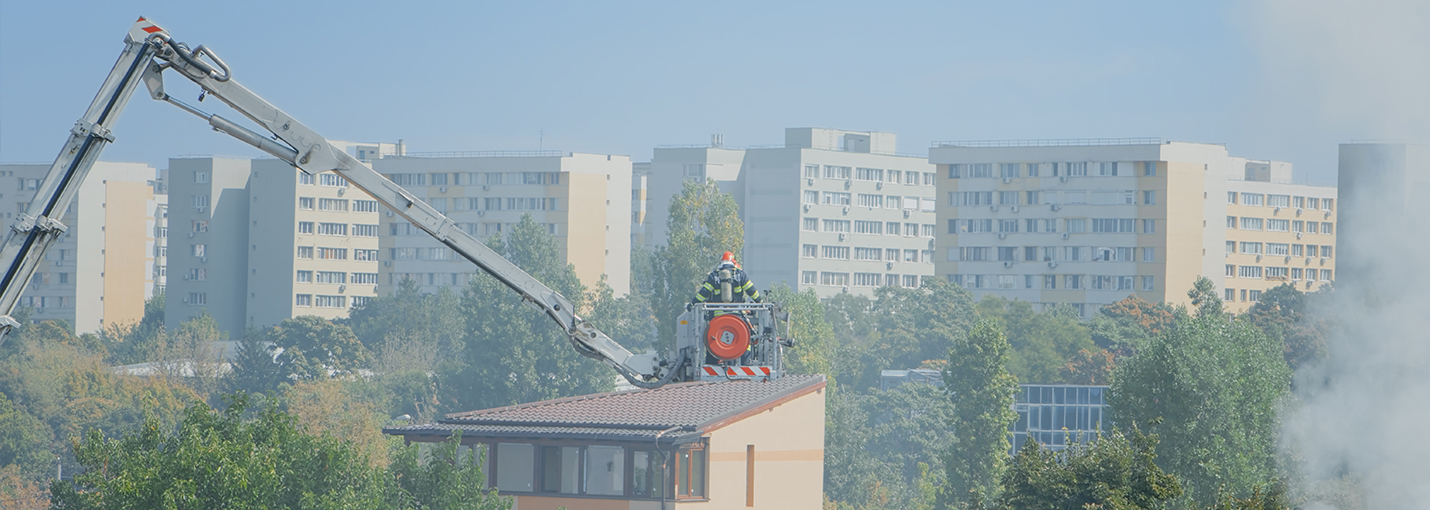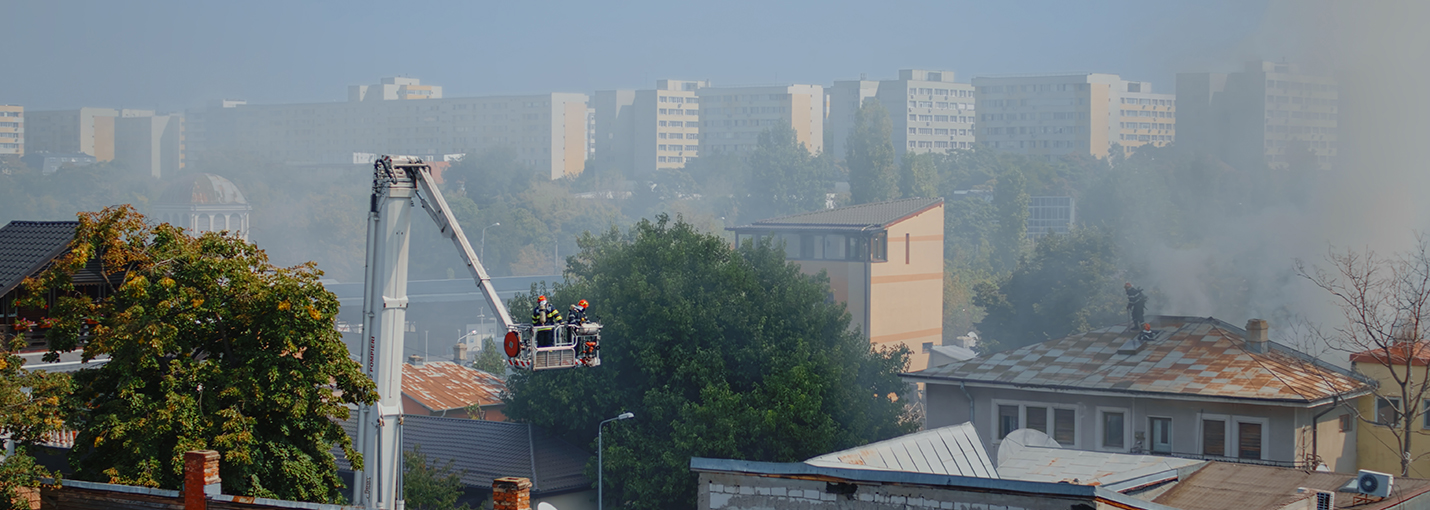Pyrophobia, or an unreasonable fear of fire, is one of the most common phobias in the United States. To reduce the statistical risk of fire, builders placed a premium on fireproofing in residential buildings, especially during the post-World War II housing boom between about 1950 and 1970. The strategy worked. Residential fires are very rare in America. But the substance builders used, asbestos, is highly toxic.
Asbestos is not only very toxic. It’s also very tiny. Roughly 20,000 asbestos fibers can fit between Abraham Lincoln’s upper lip and chin on a U.S. penny. One fiber could cause asbestosis, or scarring of lung tissues. Illnesses like asbestosis and mesothelioma, an aggressive and rare form of lung-heart cancer, take decades to develop and are normally fatal.
If a victim inhales or absorbs a fiber in a building and gets sick, the building owner is legally responsible for that injury. Ideally, owners should remove asbestos and replace it with another substance. But this process is very expensive. It’s much more cost-effective to test vinyl floors for asbestos and replace them if there’s a problem.
According to one study, many vinyl floors have lots of asbestos. But exposure is only possible if the floor is “cut, abraded or perforated.” Unfortunately, by the time one of these things happens, people have probably already been exposed. So, it’s important for homeowners and multi-family dwelling owners to pay close attention to the signs of vinyl floor asbestos contamination.


Brand
Lots of manufacturers used asbestos for fireproofing purposes, but it was also used as a filler ingredient and for other purposes as well. So, floors from certain manufacturers have especially high asbestos content. These manufacturers include:
- Sears-Roebuck
- Armstrong
- Congoleum-Nairn
- Ever-Wear
- KenTile
- KenFlex
- Montgomery Ward.
This inspection method is very useful. But it also requires a bit of research. Usually, the manufacturer’s name isn’t on the floor or tile. Current owners should look for paperwork from the previous owner. Or, look for unused tiles stored in the building. Owners often stockpiled extra tiles in case they were needed. Frequently, spare tiles are tucked away in basements and other obscure locations.
Location
Durability was one of the “other purposes” mentioned above. Asbestos-laced tiles usually last longer than other kinds of tile. But, they wear out eventually, and when they do, the owner’s liability could be substantial. Because of this risk, many builders tried to limit asbestos tiles to high-traffic areas, like halls, mudrooms, and kitchens, especially later in the post-WW2 building boom.


Date
As mentioned, any vinyl floors made or installed between around 1950 and 1980 most likely contain asbestos. If you update floors or replace damaged tiles, be sure that you wear a protective suit. This suit should basically be a hazmat suit that completely covers you from head to toe. Dispose of the suit immediately after use or thoroughly clean it.
Sub-Floor Inspection
Lucy Deane, an obscure British social worker, first sounded the alarm about asbestos’ health hazards in 1898. But manufacturers hid the hazards of asbestos for decades. Beginning in the 1980s, the dangers of asbestos became widely known. Many building owners addressed potential exposure issues by simply laying a new layer of vinyl over the old layer.
That fix seemed like a good idea. But as mentioned, asbestos fibers are so small that they can easily float through cracks in floors. Therefore, just because the surface vinyl doesn’t have asbestos, people who walk on the floor could still be at risk.
Laboratory Testing
These first four tests are basically red flags. If you see a red flag, a laboratory test is the only way to find out if the floor tiles have asbestos. A number of test centers are probably near you. These centers provide instructions about how to safely extract a sample and test it. If the floor contains asbestos, professional removal is usually the next step.
AsbestosClaims.law is your comprehensive resource for all things asbestos. We hope this information helps you. If you have any additional questions or concerns related to asbestos, including testing for exposure or how to file a claim, please get in touch by email at [email protected], or call or text us at (833) 4-ASBESTOS (427-2378) or (206) 455-9190.




